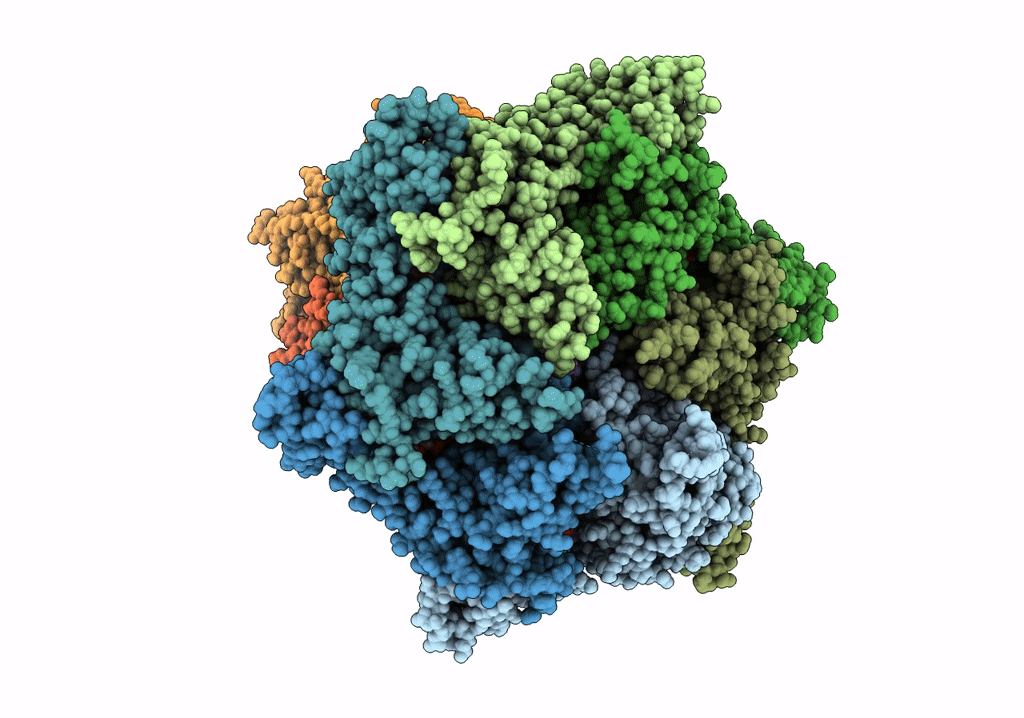
Deposition Date
2019-07-03
Release Date
2020-03-11
Last Version Date
2024-03-20
Entry Detail
PDB ID:
6PO3
Keywords:
Title:
ClpX-ClpP complex bound to substrate and ATP-gamma-S, class 3
Biological Source:
Source Organism:
Escherichia coli (Taxon ID: 562)
Host Organism:
Method Details:
Experimental Method:
Resolution:
4.28 Å
Aggregation State:
PARTICLE
Reconstruction Method:
SINGLE PARTICLE


